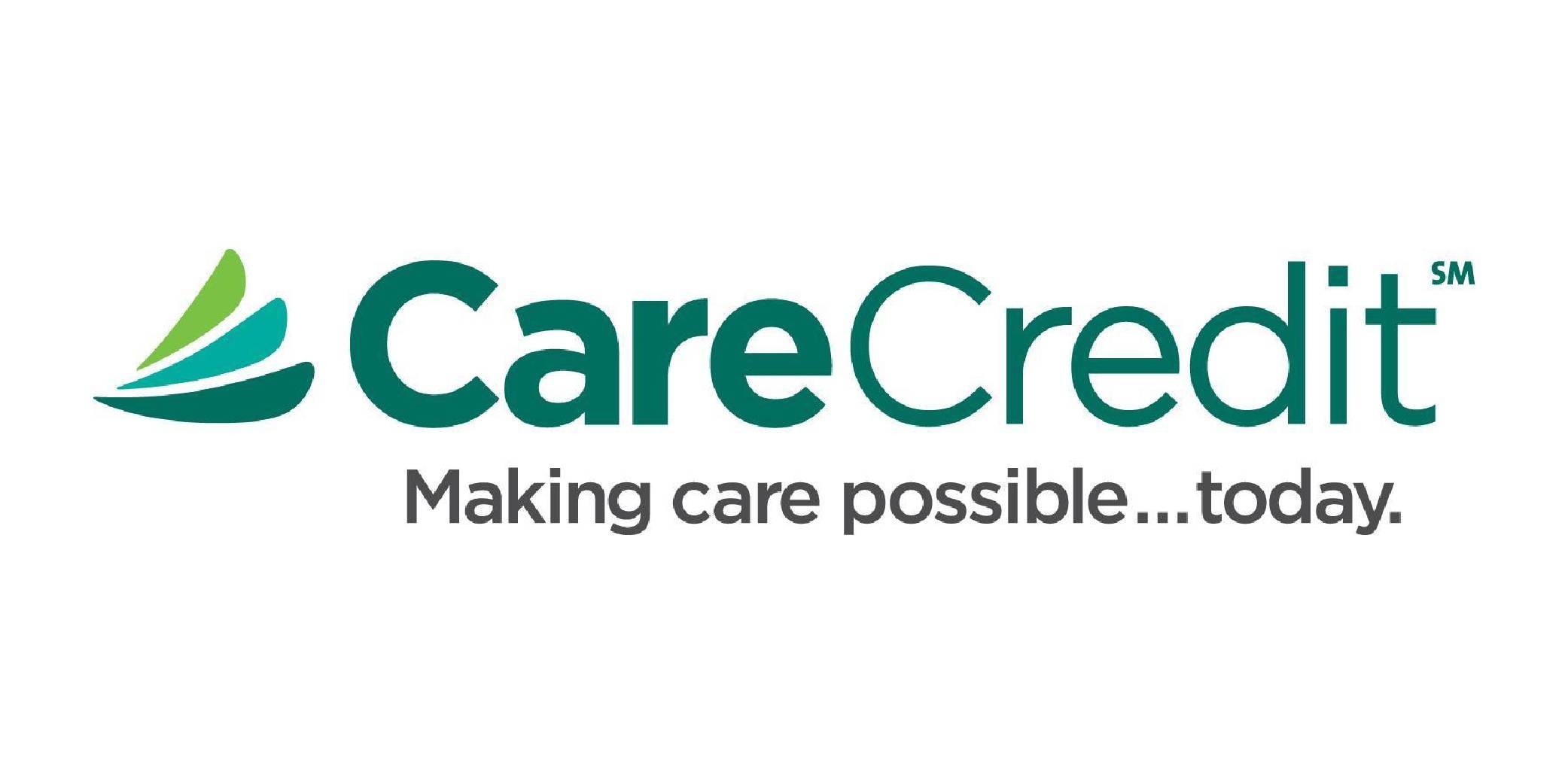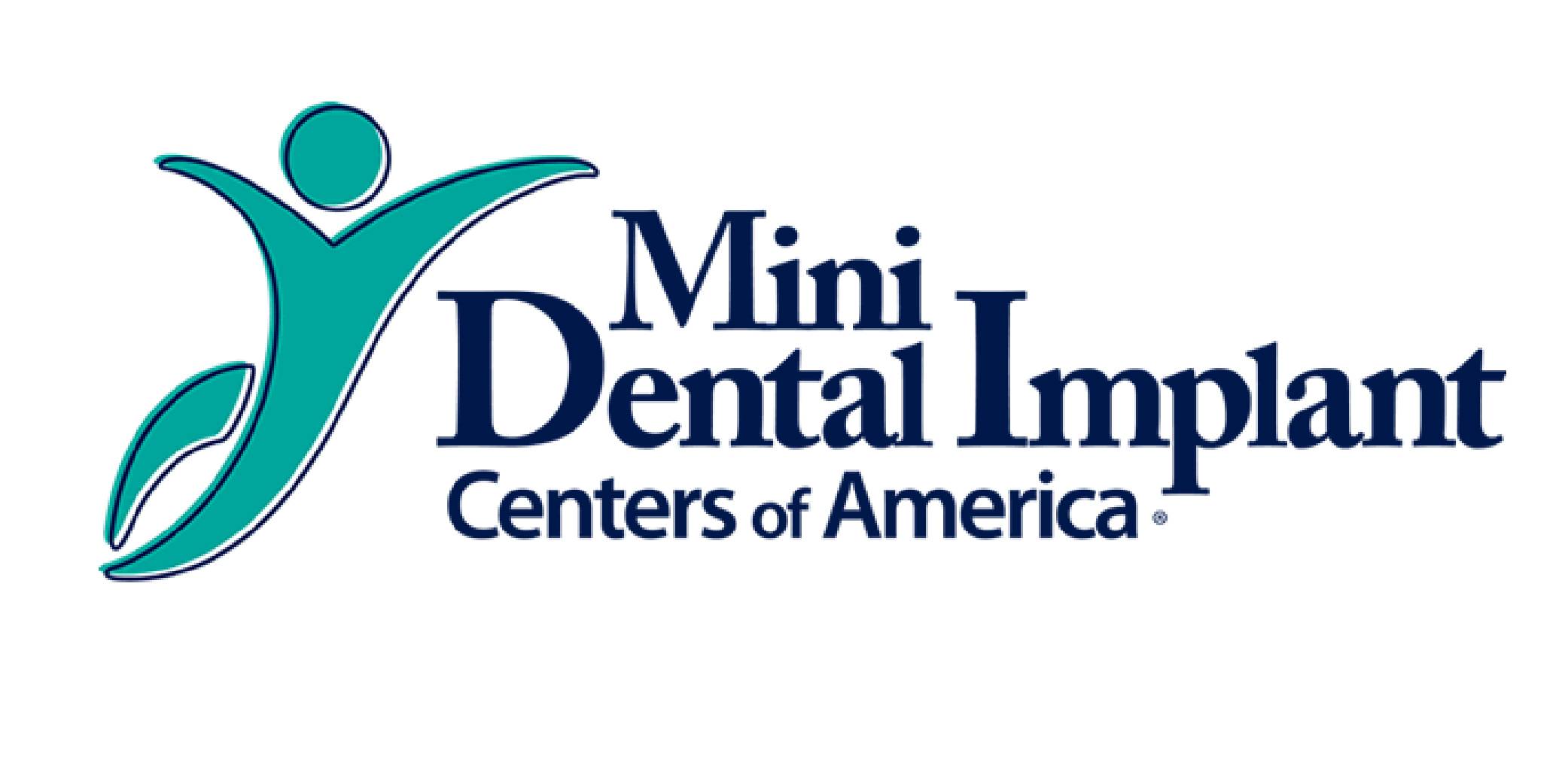What Is Acupuncture? Plus, 7 Acupuncture Benefits

June 11, 2019
Original article and page source found here.
Today acupuncture is one of the most popular practices of Traditional Chinese Medicine (TCM) in the West. TCM is a complimentary health approach that first originated in ancient China more than 2,500 years ago and has been evolving ever since. To treat a wide variety of diseases, pain and stress-related symptoms, practitioners of TCM use holistic techniques that include acupuncture, herbal medicines, tai chi, qi gong, massage therapy and various “mind and body practices.”
The use of acupuncture and other TCM techniques has risen steadily in the U.S and other Western countries over the past several decades. According to a large survey done on complementary health approaches by the National Institute of Health in 2007, in the U.S. alone at least 3.1 million people had tried acupuncture in 2007. The survey showed that the number of visits to acupuncturists tripled between 1997 and 2007.
What Is Acupuncture?
Acupuncture is a holistic health technique that stems from Traditional Chinese Medicine practices in which trained practitioners stimulate specific points on the body by inserting thin needles into the skin. The first question most people ask is, “Does acupuncture hurt?” Surprisingly, although needles are used in acupuncture, treatments are relatively pain-free. In fact, one of the most popular uses of acupuncture is to reduce chronic pain throughout the body in a natural way, without the need for medications that can cause unwanted side effects.
Most of the studies investigating acupuncture to date have examined whether acupuncture can safely reduce pain. However, it’s expected that in the next several years, researchers will continue to study whether or not it might help with other conditions, too – including anxiety, depression, inflammation, hot flashes, side effects of chemotherapy and insomnia.
How Does Acupuncture Work?
Acupuncture is considered to be a family of procedures, not one single exact approach to pain or disease management. All acupuncture practices involve the stimulation of specific points on the body using a variety of techniques, usually needles. The type of acupuncture that has been studied most so far in clinical, scientific research settings is the type that uses thin, solid, metal needles to lightly puncture the skin.
Acupuncture is usually done by hand, with a trained practitioner carefully inserting the needles into specific points in the body very shallowly into the skin. Normally about 10 to 20 thin needles are used at one time. The needles are small enough to fit inside of a normal-sized needle that would be used to take blood, making the process pretty painless for most people.
There are also types of acupuncture that use light electrical stimulations that flow through the needles, or no needles at all. For example, acupressure is often thought of as simply “acupuncture without the needles” and uses targeted massage-type techniques to stimulate energy in the body by pressing on certain points.
Acupuncture points, or “acupoints,” are specific locations on the body that are the focus of acupuncture treatments. TCM explains acupuncture as a technique for “balancing the flow of energy or life force,” and that energy can be reached by stimulating small specific channels on the body.
TCM practitioners believe that there is a flow, known as “qi” or “chi,” that is located in certain “meridians” throughout the body. Chi is thought to be what separates the sick from the healthy — and when chi is not balanced, illness, pain, poor sleep, and fatigue can all occur.
- There are 14 major energy-channel meridians on the body, with hundreds of points located along each meridian where acupuncture needles are inserted.
- These include some 360 different points on the hands, arms, feet, head, back and over the major organs. The belief is that by inserting needles lightly into certain points on the body, the chi flow can be tapped into and the patient’s energy can be rebalanced.
- Acupuncture points tend to be located where nerves enter a muscle, the midpoint of a muscle, or at a point where muscle joins with bone.
Some of the major acupuncture meridians include:
- Lung Meridian
- Large Intestine Meridian
- Stomach Meridian
- Spleen Meridian
- Heart Meridian
- Small Intestine Meridian
- Urinary Bladder Meridian
- Kidney Meridian
- Liver Meridian
Acupuncture Uses
Currently, acupuncture is used to treat conditions like:
- muscle spasms and pain
- chronic back problems and pain
- headaches, including reducing the frequency and intensity of migraines
- neck pain
- osteoarthritis
- knee pain
- allergies
- digestive problems
- mood, depression
The U.S Department of Health and Human Services states that,
… promising results have emerged showing efficacy of acupuncture in adult postoperative and chemotherapy nausea and vomiting, and in postoperative dental pain. There are other situations such as addiction, stroke rehabilitation, headache, menstrual cramps, tennis elbow, fibromyalgia, myofascial pain, osteoarthritis, low back pain, carpal tunnel syndrome, and asthma, in which acupuncture may be useful as an adjunct treatment.
Related: Do Ear Seeds Work To Relieve Pain & More?
7 Acupuncture Benefits
1. Helps Reduce Headaches and Migraines
In 2009, after researchers from the Center for Complementary Medicine at the University of Munich reviewed over 11 studies involving 2,137 acupuncture patients, they concluded that acupuncture “could be a valuable non-pharmacological tool in patients with frequent chronic tension-type headaches.”
The review looked at multiple clinical trials comparing the effects of acupuncture sessions to “sham” (placebo-type of acupuncture) sessions and to receiving no treatment at all for the relief of migraine headache pain. In particular, both the group that had needles randomly placed and the group that had strategically placed needles experienced a reduction in headache symptoms. The control group did not experience any change.
However, in the followup survey, the group that had the real acupuncture treatment continued to have both a decrease in the number of headache days and headache pain intensity.
2. Improves Chronic Pain, Including for the Back, Neck, Knee or Arthritis Pain
Acupuncture was proven to be more effective for improving chronic back pain than no acupuncture treatment in a 2006 study done by the University Medical Center of Berlin. In patients with chronic low back pain, there was a significant difference in pain reported between groups of patients receiving acupuncture over eight weeks versus those not receiving any treatment.
Even more impressive is a 2012 study done by Memorial Sloan-Kettering Department of Epidemiology and Biostatistics aimed to determine the effect of acupuncture for four chronic pain conditions: back and neck pain, arthritis, chronic headache and shoulder pain.
The researchers reviewed clinical trials involving over 17,000 patients, and the results showed that patients receiving acupuncture had less pain than patients in the placebo control group for back and neck muscle aches and pain, osteoarthritis, and chronic headaches. The conclusion was that acupuncture is effective for the treatment of chronic pain and is “more than just a placebo effect, therefore it’s a reasonable referral option for doctors.”
3. Helps Treat Insomnia
Beijing University of Chinese Medicine conducted a large meta-analyses in 2009 that showed a beneficial effect of acupuncture on reducing insomnia symptoms, compared with no treatment. The analysis found that in patients who were taking medications or herbal treatments to help with sleep, adding acupuncture therapy showed better effects than taking the medications or herbs alone.
Another benefit was that unlike many sleep medications, the acupuncture sessions had no adverse side effects at all.
4. Improves Cancer and Chemotherapy Recovery
According to the National Cancer Institute, several studies show that acupuncture can help boost immunity and speed up recovery following cancer treatments. One randomized trial, for example, found that acupuncture treatment enhanced immunity, platelet count and prevented a decrease in healthy cells after radiation therapy or chemotherapy when compared to receiving no acupuncture.
Researchers reported that the patients in both acupuncture treatment groups also experienced less pain from treatments, improvements in quality of life and a decrease in various negative side effects of chemotherapy, such as nausea.
5. Helps to Prevent Cognitive Decline
Some early research has showing new information about the effectiveness of acupuncture on Parkinson’s. Studies show that can relieve age-related cognitive decline symptoms as it generates a neural response in areas of the brain — such as the putamen and the thalamus — that are particularly affected by Parkinson’s disease.
In a 2002 study done by the Department of Neurology at the University of Maryland School of Medicine, after 20 Parkinson’s patients were treated with acupuncture for 16 sessions, 85 percent of patients reported subjective improvements of individual symptoms, including tremor, walking, handwriting, slowness, pain, sleep, depression and anxiety. There were no adverse effects.
6. Supports Pregnancy, Labor and Postpartum Health
Many doctors are now recommending acupuncture as a treatment to reduce stress, balance hormones and ease the anxiety and pain of pregnancy and labor.
It’s considered a safe treatment for many of the common symptoms during pregnancy — to ease the physical and emotional strain on the body — as well as after the baby is born to help with any mood, depression, mental or physical symptoms the mother may experience. It can even be used right before the baby is due to prepare the body for labor.
NOTE: There are a few acupuncture points that a trained acupuncturist will avoid during pregnancy. So, I always recommend doing your homework and making sure that your acupuncturist is properly licensed for the best care.
7. May Help Alleviate Polycystic Ovary Syndrome
Research suggests acupuncture may benefit those suffering from polycycstic ovary syndrome (PCOS), the most common endocrine disorder in women of reproductive age, by “increasing blood flow to the ovaries, reducing ovarian volume and the number of ovarian cysts, controlling hyperglycaemia through increasing insulin sensitivity and decreasing blood glucose and insulin levels, reducing cortisol levels and assisting in weight loss and anorexia.” More research is needed to know the true efficacy of this treatment, though. Similarly, other research found electro-acupuncture intervention benefited study participants with PCOS more than physical exercise or no intervention.
Related: How Energy Healing Works to Benefit the Body & Mind
What to Expect
An acupuncture session works something like this:
- First, the acupuncturist will speak with the patient about their pain and health-related goals.
- Then they will usually look at the patient’s tongue and press on their vital organs to see if there is anything noticeable contributing to an imbalance.
- The acupuncturist will then use sterile, disposable small needles and will place them along specific “meridians” on the body.
- The acupuncturist will check for “pulses” on the body by gently placing their fingers or hand on the patient’s body to feel how the patient’s energy is flowing. Redness can also occur around a needle site, and this is thought to be a sign that as energy is not balanced in that area.
- The needles will usually stay in for a short period of time while the patent’s energy is reworking and balancing itself.
- After the needles are removed, the patient can go about their day and are usually advised to drink plenty of water in an effort to help the detoxifying process.
Related: 5 Emotional Freedom Technique or EFT Tapping Benefits for Stress, Pain & More
Risks and Side Effects
The National Institute of Health does consider acupuncture to be “generally considered safe when performed by an experienced, well-trained practitioner using sterile needles.” However, it’s important to always go to a practitioner that is well-trained in acupuncture as well as to a facility that is very careful about using clean needles — improperly performed acupuncture and/or contaminated needles can pose a big risk.
The good news is that the FDA regulates acupuncture needles as medical devices and requires that the needles be “sterile, nontoxic, and labeled for single use by qualified practitioners only.” To date, there have been very few complications reported from the use of acupuncture needles, so the risk is thought to be very low. This doesn’t mean that risk doesn’t exist, however, because some serious side effects have occurred when non-sterile needles have been used.
As far as how much acupuncture is needed before seeing results, firm clinical guidelines have yet to be established. Acupuncture is usually recommended as a complimentary treatment method — as something to try in addition to other pain management techniques, such as physical therapy, exercise and reducing inflammation through a healthy diet.
Conclusion
Yes, especially for chronic pain and the benefits listed above. While there is more research that needs to be done in other areas, the studies already completed show health benefits both from the needle insertion and also from the strategic placement of these needles. It seems to work best as a companion to other treatments — as it connects the body in a way that other natural treatments are more effective.
While there are some studies that show the effect of pain control is the same for those receiving just a random needle therapy as opposed to strategic acupuncture, those receiving the strategic acupuncture show lasting relief. There are also theories suggesting that the body’s system is also stimulated by the needle prick itself and triggers the body to begin the healing process and release endorphins which inhibit pain.
Pain is a reciprocating signal from the brain to the body — and from the body to the brain — telling it that something is wrong. The more pain the body feels, the more it expects and can experience that pain. While often there is a real reason for pain, often the experience of the pain can be debilitating more than the actual cause of the dysfunction.
Eventually, most people with chronic pain — due to the unceasing nature of pain and/or the increase of pain — become desensitized to pain medication, so that the body needs more and more. Not only is the pain medication damaging to the body because it increases inflammation, but it also has a host of other side effects that increase with prolonged use.
Acupuncture is a promising solution to the chronic pain sufferers that have come to expect pain and thus experience heightened levels of pain and trauma.
As with many natural therapies, including new mainstream mind-body awareness therapies, how the patient perceives and receives the treatment can influence the benefits. This is why focused breathing, bio-feedback, and other alternative treatments are now being implemented in mainstream medicine.
Whether acupuncture is a treatment of the nerve systems and pathways, or whether it’s training the brain to experience less pain, either way, the long-term benefits and low risk of side effects makes it a viable treatment option in my book.









